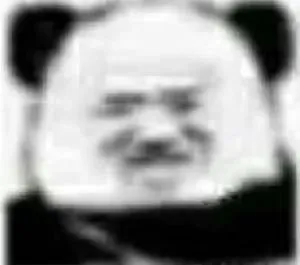Franklin D. Roosevelt - For a Declaration of War (1941)
- 指点迷津
- 2024-11-29
- 6
At 7:53 a.m. on Sunday, December 7, 1941, the first assault wave of Japanese fighter planes attacked the U.S. Naval1 base at Pearl Harbor, Hawaii, taking the Americans completely by surprise.,The first attack wave targeted airfields2 and battleships. The second wave targeted other ships and shipyard facilities. The air raid lasted until 9:45 a.m. Eight battleships were damaged, with five sunk. Three light cruisers, three destroyers and three smaller vessels3 were lost along with 188 aircraft. The Japanese lost 27 planes and five midget submarines which attempted to penetrate4 the inner harbor and launch torpedoes5.,Three prime targets; the U.S. Pacific Fleet aircraft carriers, Lexington, Enterprise and Saratoga, were not in the harbor and thus escaped damage.,The casualty list at Pearl Harbor included 2,335 servicemen and 68 civilians7 killed, and 1,178 wounded. Over a thousand crewmen aboard the USS Arizona battleship were killed after a 1,760 pound aerial bomb penetrated8 the forward magazine causing catastrophic explosions.,News of the "sneak9 attack" was broadcast to the American public via radio bulletins, with many popular Sunday afternoon entertainment programs being interrupted. The news sent a shockwave across the nation, resulting in a tremendous influx10 of young volunteers into the U.S. Armed Forces. The attack also united the nation behind President Franklin D. Roosevelt and effectively ended the American isolationist movement.,On Monday, December 8, President Roosevelt appeared before Congress and made this speech asking for a declaration of war against Japan, calling the previous day "...a date which will live in infamy11...", Mr. Vice6 President, Mr. Speaker, members of the Senate and the House of Representatives:,
你可能想看:
Declaration of War on the US by Adolf Hitler
Memorandum for the Secretary of State
President Bush Nominates Ed Schafer for Secretary of Agriculture
A Role for All of Us in Education
President Bush Discusses Congress's Legislative Priorities for the Remainder of
President Bush Attends Medal of Honor Ceremony for Woodrow Wilson Keeble
Franklin D. Roosevelt - Third Inaugural Address (1941)
Franklin D. Roosevelt - D-Day Prayer (1944)
A Tale of Two Cities-CHAPTER 15 THE FOOTSTEPS DIE OUT FOR EV
本文由明日于2024-11-29发表在生活百科-红苹果乐园,如有疑问,请联系我们。
文章摘自:http://hpgly.com/post/21826.html










![[流言板]雷尔森传中,穆科科近距离射门打飞](/zb_users/upload/2024/12/3111596453046865195.gif)
发表评论